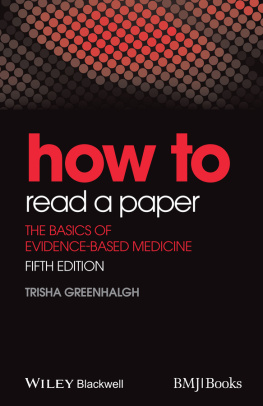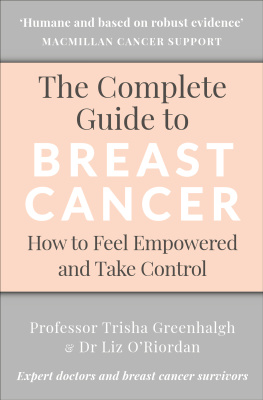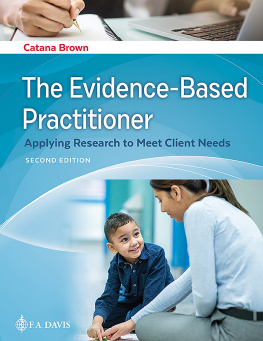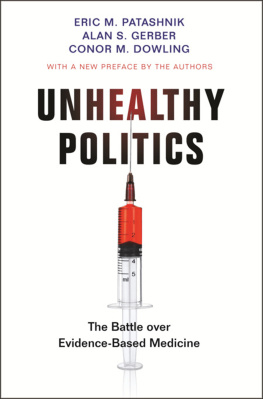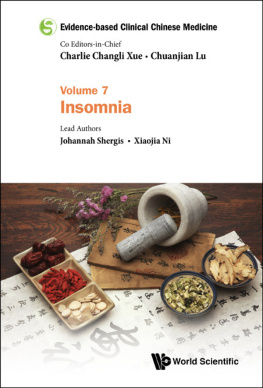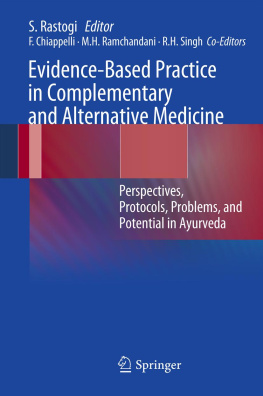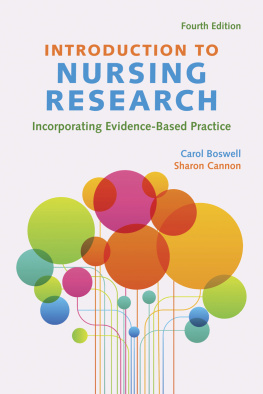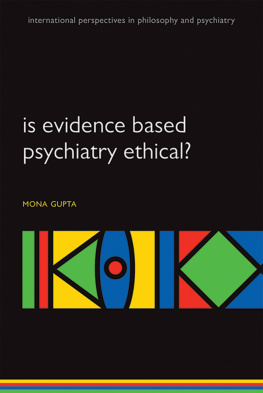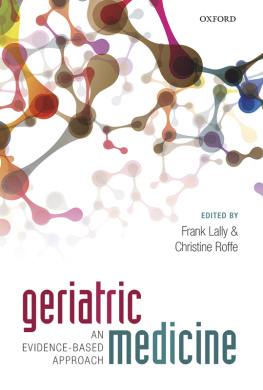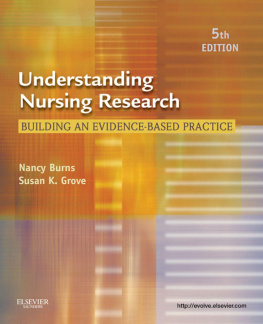
This edition first published 2014, 2010, 2014 by John Wiley & Sons Ltd
BMJ Books is an imprint of BMJ Publishing Group Limited, used under licence by John Wiley & Sons.
Registered office: John Wiley & Sons, Ltd, The Atrium, Southern Gate, Chichester, West Sussex,
PO19 8SQ, UK
Editorial offices: 9600 Garsington Road, Oxford, OX4 2DQ, UK
The Atrium, Southern Gate, Chichester, West Sussex, PO19 8SQ, UK
111 River Street, Hoboken, NJ 07030-5774, USA
For details of our global editorial offices, for customer services and for information about how to apply for permission to reuse the copyright material in this book please see our website at www.wiley.com/wiley-blackwell
The right of the author to be identified as the author of this work has been asserted in accordance with the UK Copyright, Designs and Patents Act 1988.
All rights reserved. No part of this publication may be reproduced, stored in a retrieval system, or transmitted, in any form or by any means, electronic, mechanical, photocopying, recording or otherwise, except as permitted by the UK Copyright, Designs and Patents Act 1988, without the prior permission of the publisher.
Designations used by companies to distinguish their products are often claimed as trademarks. All brand names and product names used in this book are trade names, service marks, trademarks or registered trademarks of their respective owners. The publisher is not associated with any product or vendor mentioned in this book. It is sold on the understanding that the publisher is not engaged in rendering professional services. If professional advice or other expert assistance is required, the services of a competent professional should be sought.
The contents of this work are intended to further general scientific research, understanding, and discussion only and are not intended and should not be relied upon as recommending or promoting a specific method, diagnosis, or treatment by health science practitioners for any particular patient. The publisher and the author make no representations or warranties with respect to the accuracy or completeness of the contents of this work and specifically disclaim all warranties, including without limitation any implied warranties of fitness for a particular purpose. In view of ongoing research, equipment modifications, changes in governmental regulations, and the constant flow of information relating to the use of medicines, equipment, and devices, the reader is urged to review and evaluate the information provided in the package insert or instructions for each medicine, equipment, or device for, among other things, any changes in the instructions or indication of usage and for added warnings and precautions. Readers should consult with a specialist where appropriate. The fact that an organization or Website is referred to in this work as a citation and/or a potential source of further information does not mean that the author or the publisher endorses the information the organization or Website may provide or recommendations it may make. Further, readers should be aware that Internet Websites listed in this work may have changed or disappeared between when this work was written and when it is read. No warranty may be created or extended by any promotional statements for this work. Neither the publisher nor the author shall be liable for any damages arising herefrom.
Library of Congress Cataloging-in-Publication Data
Greenhalgh, Trisha, author.
How to read a paper : the basics of evidence-based medicine / Trisha Greenhalgh. Fifth edition.
p. ; cm.
Includes bibliographical references and index.
ISBN 978-1-118-80096-6 (pbk.)
I. Title.
[DNLM: 1. Evidence-Based Practice. 2. Journalism, Medical. 3. Research. WB 102.5]
R118.6
610.72 dc23
2013038474
Wiley also publishes its books in a variety of electronic formats. Some content that appears in print may not be available in electronic books.
Cover design by Meaden Creative
In November 1995, my friend Ruth Holland, book reviews editor of the British Medical Journal, suggested that I write a book to demystify the important but often inaccessible subject of evidence-based medicine. She provided invaluable comments on earlier drafts of the manuscript, but was tragically killed in a train crash on August 8, 1996. This book is dedicated to her memory.
Foreword to the first edition by Professor Sir David Weatherall
Not surprisingly, the wide publicity given to what is now called evidence-based medicine has been greeted with mixed reactions by those who are involved in the provision of patient care. The bulk of the medical profession appears to be slightly hurt by the concept, suggesting as it does that until recently all medical practice was what Lewis Thomas has described as a frivolous and irresponsible kind of human experimentation, based on nothing but trial and error, and usually resulting in precisely that sequence. On the other hand, politicians and those who administrate our health services have greeted the notion with enormous glee. They had suspected all along that doctors were totally uncritical and now they had it on paper. Evidence-based medicine came as a gift from the gods because, at least as they perceived it, its implied efficiency must inevitably result in cost saving.
The concept of controlled clinical trials and evidence-based medicine is not new, however. It is recorded that Frederick II, Emperor of the Romans and King of Sicily and Jerusalem, who lived from 1192 to 1250 ad, and who was interested in the effects of exercise on digestion, took two knights and gave them identical meals. One was then sent out hunting and the other ordered to bed. At the end of several hours, he killed both and examined the contents of their alimentary canals; digestion had proceeded further in the stomach of the sleeping knight. In the 17th century, Jan Baptista van Helmont, a physician and philosopher, became sceptical of the practice of blood-letting. Hence he proposed what was almost certainly the first clinical trial involving large numbers, randomisation and statistical analysis. This involved taking 200500 poor people, dividing them into two groups by casting lots, and protecting one from phlebotomy while allowing the other to be treated with as much blood-letting as his colleagues thought appropriate. The number of funerals in each group would be used to assess the efficacy of blood-letting. History does not record why this splendid experiment was never carried out.
If modern scientific medicine can be said to have had a beginning it was in Paris in the mid-19th century and where it had its roots in the work and teachings of Pierre Charles Alexandre Louis. Louis introduced statistical analysis to the evaluation of medical treatment and, incidentally, showed that blood-letting was a valueless form of treatment, although this did not change the habits of the physicians of the time, or for many years to come. Despite this pioneering work, few clinicians on either side of the Atlantic urged that trials of clinical outcome should be adopted, although the principles of numerically based experimental design were enunciated in the 1920s by the geneticist Ronald Fisher. The field only started to make a major impact on clinical practice after the Second World War following the seminal work of Sir Austin Bradford Hill and the British epidemiologists who followed him, notably Richard Doll and Archie Cochrane.
But although the idea of evidence-based medicine is not new, modern disciples like David Sackett and his colleagues are doing a great service to clinical practice, not just by popularising the idea but by bringing home to clinicians the notion that it is not a dry academic subject but more a way of thinking that should permeate every aspect of medical practice. While much of it is based on mega-trials and meta-analyses, it should also be used to influence almost everything that a doctor does. After all, the medical profession has been brain-washed for years by examiners in medical schools and Royal Colleges to believe that there is only one way of examining a patient. Our bedside rituals could do with as much critical evaluation as our operations and drug regimes; the same goes for almost every aspect of doctoring.
Next page
